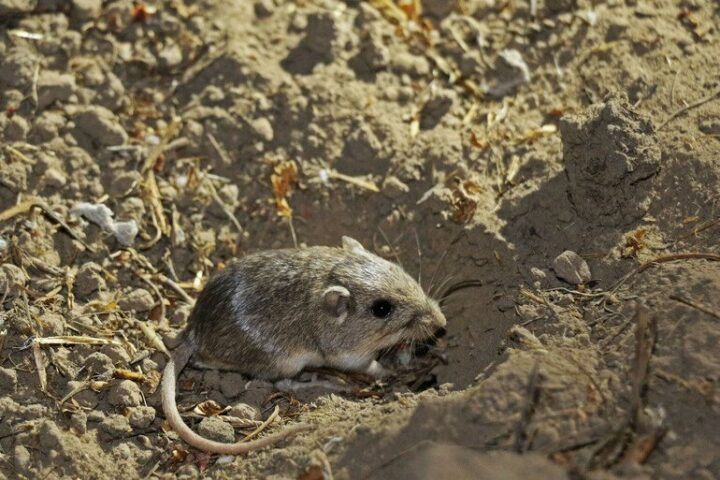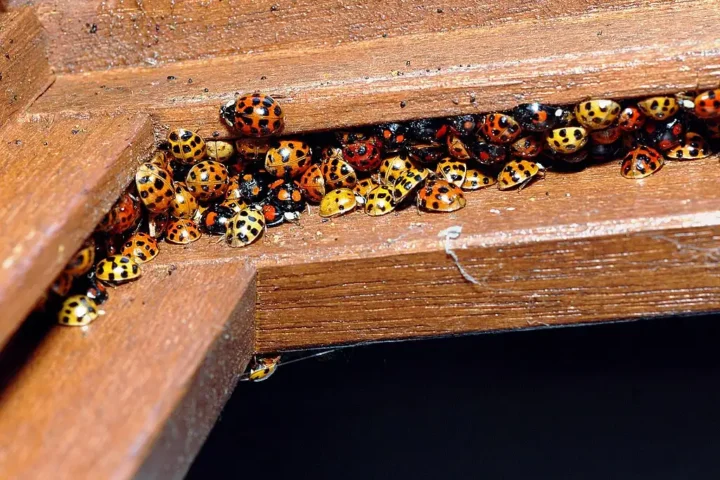An exceptionally rare hybrid bird spotted in Northern NSW East of the range has caused quite a stir among Australian bird enthusiasts, with its striking apricot-colored plumage and unusual lineage.
The bird, confirmed to be a cross between a sulphur-crested cockatoo and a galah, was photographed by local resident Lenny Burtenshaw, who shared the images on Native Birds Australia’s Facebook page.
“He/she is a rippa. Pictures just don’t do justice,” Burtenshaw wrote, noting the bird’s distinctive behavior among other local species. “The cockatoos, galahs, king parrots and lorikeets all get out of the way when this one arrives. It screeches at all of them when it’s flying in and everyone scatters.”
Bird specialist Dr Bob Doneley confirmed the authenticity of the sighting to Yahoo News Australia: “This is a hybrid — a cross between a sulphur-crested cockatoo and a galah. I have seen these two to three times over the years, but always as aviary birds that paired and bred together.”
The hybrid’s appearance sparked initial skepticism, with many social media users questioning whether the images were AI-generated. Group expert Bill Boyd explained the identifying features: “The grey wings mean there is some galah in the mix. The crest and the apricot colour point to this bird being a galah x sulphur crested cockatoo hybrid.”
More Stories
Dr Doneley noted that scientific knowledge about these crosses remains limited: “Very little is known about the cockatoo-galah crosses other than they occur. It is often thought that these hybrids would be infertile, as they are in mammals, but no one has had the opportunity to test that.”
A commenter, Diana Downs, requested in the comments: “If you ever see a feather dropped from this bird please contact me, as it would be great to genomically ascertain its parentage.”
For bird enthusiasts hoping to spot similar hybrids, some already exist in controlled environments. As one commenter noted, a comparable specimen named Villain resides at Maleny Bird World, demonstrating that while rare, these genetic combinations do occur.
The sighting provides additional documentation of hybridization among Australian native birds.


















